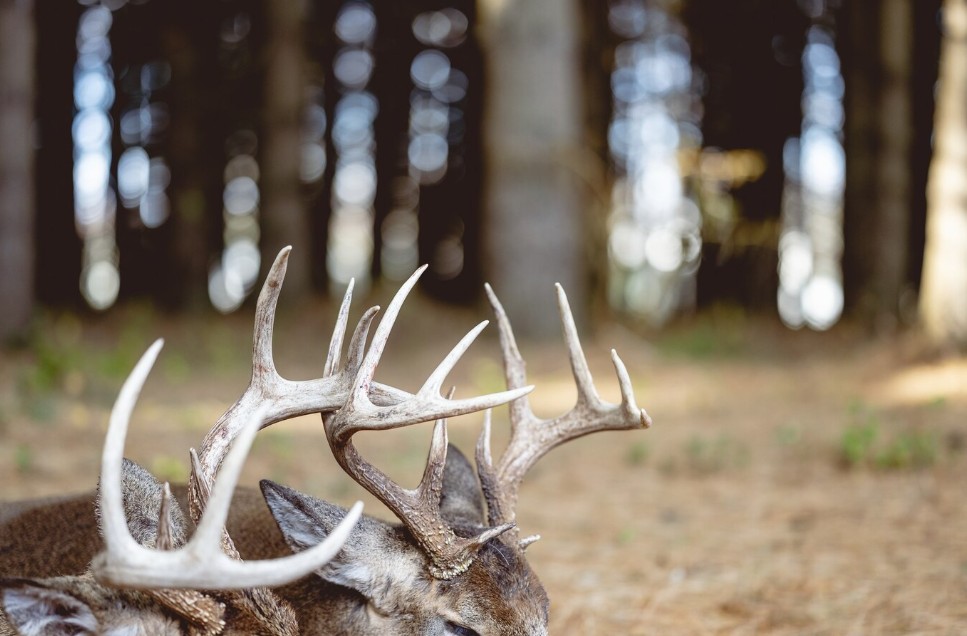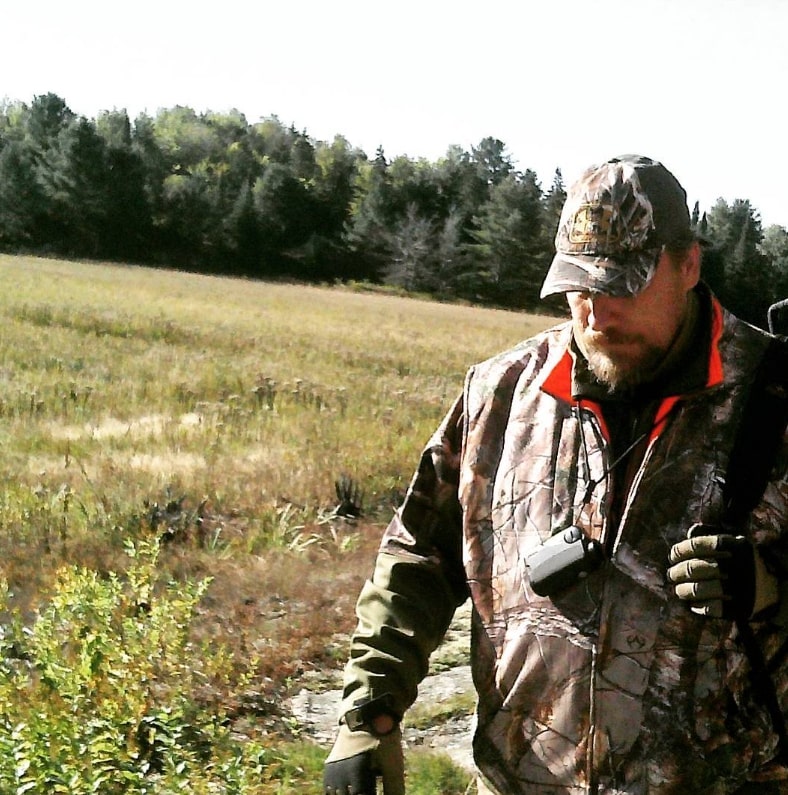Shed Hunting for Beginners


Shed Hunting for Beginners

Shed hunting is an enigmatic outdoor activity that involves an insatiable hunt for antlers that have been naturally discarded by deer, elk, moose, and other ungulates. This hunt has become increasingly popular in recent years as a way to exercise one’s body and mind, and unearth unique treasures in the wilderness. For novices who wish to venture into the world of shed hunting, here are some tips and guidelines to get started on this thrilling adventure.
Shed hunting has an important role to play, not only in terms of providing an adrenaline rush and a sense of achievement, but also in offering valuable insights into wildlife populations in a particular area. The recovered shed antlers can offer a glimpse into the health, age, and gender of the animal, as well as their migration patterns and dietary habits. This information can be used to make well-informed decisions when managing wildlife populations or planning hunting expeditions.
Furthermore, the shed antlers are prized possessions in the hunting and outdoor community. They can be used for a plethora of purposes, such as crafting, decoration, and as a trophy. Shed hunting can also be utilized as a training exercise for hunting dogs.
The timing of shed hunting is influenced by regional and climatic conditions. Generally, the best time to commence the search is in the late winter or early spring when the snow begins to thaw. This is when most ungulates shed their antlers, but the exact timing can vary depending on the individual animal.
When hunting for shed antlers, there are a few key areas to focus on. Begin by scouring areas where animals spend a lot of time, such as bedding areas, feeding areas, and travel corridors. Pay attention to areas where animals cross creeks, streams, and fence lines, as these are often the spots where antlers may be jolted loose.
It’s also essential to focus on areas with good visibility. Look for areas where the vegetation is low and sparse, such as open fields and ridge tops. These areas will provide better visibility and make it easier to spot antlers from a distance.
Shed hunting requires patience, persistence, and a generous dose of good luck. Here are some tips to increase the chances of finding shed antlers:
- Get an early start – Initiate your search early in the morning when the light is optimal and the animals are most active.
- Use binoculars – Binoculars can help you spot antlers from a distance and identify areas where animals are feeding and traveling.
- Walk slowly and systematically – Don’t hasten through your search. Take your time, walk slowly and carefully, scan the ground and vegetation for any signs of antlers.
- Focus on high-probability areas – Seek areas where animals are known to feed and travel, and concentrate your search in those areas.
- Be mindful of other wildlife – Shed hunting should be a sustainable and ethical practice. Avoid disturbing the natural environment, and be mindful of other wildlife in the area.
- Be prepared for the terrain – Shed hunting can involve traversing rough terrain and difficult conditions. Bring appropriate gear and clothing to protect yourself from the elements.
- Be respectful of private property – Always obtain permission from landowners before shed hunting on private property.
In conclusion, shed hunting is a highly perplexing and thrilling activity for outdoor enthusiasts of all expertise levels. Shed antlers offer valuable insights into wildlife populations and can be used for various purposes. To be triumphant in shed hunting, it’s crucial to understand when and where to search for antlers, and to be patient and persistent in your pursuit. By following these tips and guidelines, shed hunting can be a sustainable and enjoyable activity for years to come.




